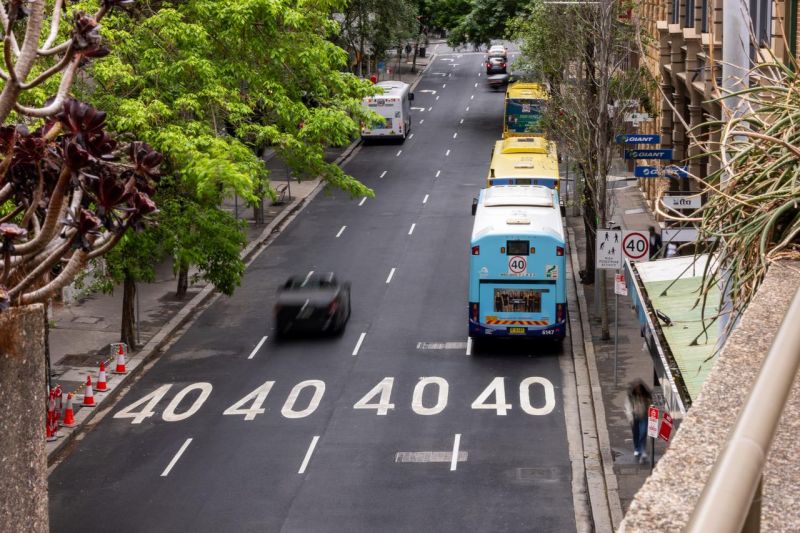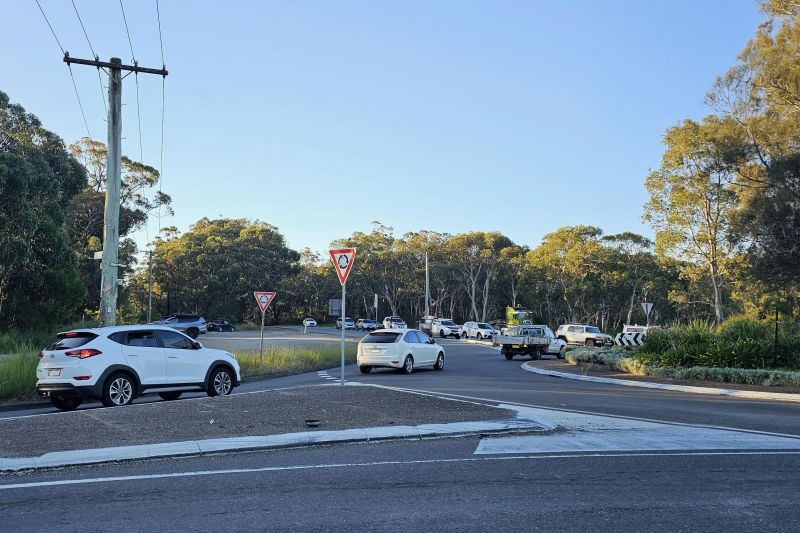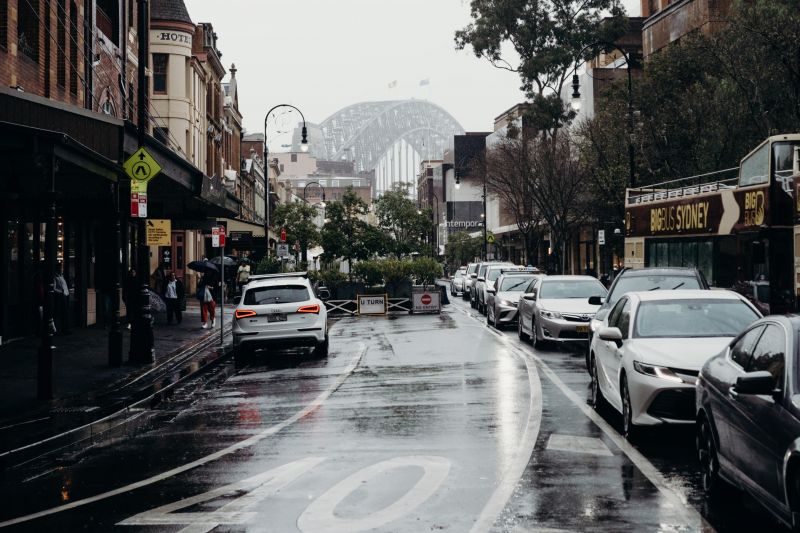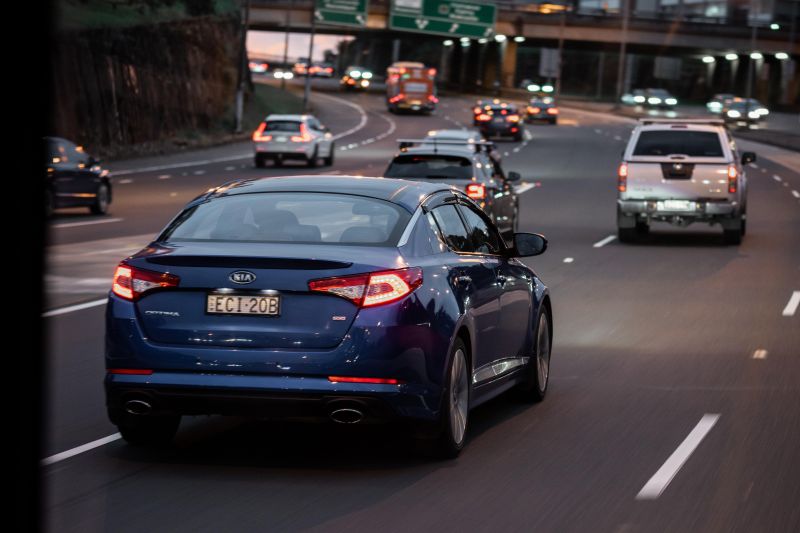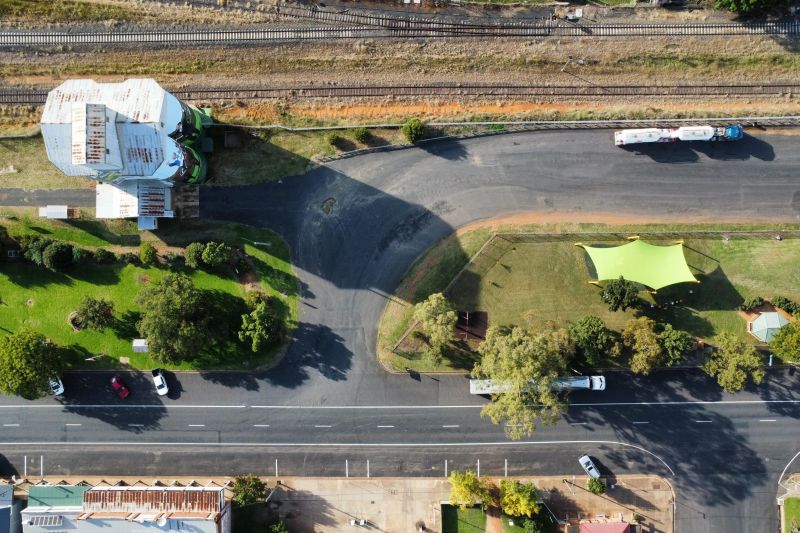The sorry state of New South Wales’ road network revealed

Testing conducted by Australia’s road assessment program shows less than 0.3 per cent of roads in New South Wales have the highest rating for safety.
More than 15 per cent of the roads tested in the state received a one-star rating in 2021 Australian Road Assessment Program (AusRAP) testing.
The Australian Automobile Association (AAA) has revealed the results of this testing, which has uncovered the condition of New South Wales’ roads.
The AusRAP program is designed to provide data to governments to minimise road trauma and assist in the management and the directing of investment in Australian roads and was introduced in 2001 by Australia’s state motoring clubs.
The responsibility for management of AusRAP was transferred from the AAA to Austroads in 2021.
According to the AAA, these reports are traditionally only sent to state and territory governments and not released to the public.
The AAA is currently petitioning to have these reports made public to ensure funding for Australian roads is targeted in the correct areas by using evidence-based data, which can lead to fewer deaths and injuries on our roads.
In the 2021 report from AusRAP, a total of 18,806km of NSW roads were tested across the Inner Sydney, New England, Hunter, and Paterson regions, as well as the Pacific Highway and Western Sydney.
Across the state, the data shows an average of 0.3 per cent of the roads scored a five-star rating, 7.2 per cent scored four stars, 48 per cent received three stars, 29.2 per cent had a two-star rating and 15.2 per cent received a one-star rating.
According to the AAA, every additional star halves a person’s risk of death or serious injury.
Based on this data, the New England region scored the highest percentage of one-star rated roads at over 32 per cent.
Data suggests Inner and Western Sydney roads were in better condition than those in regional areas.
While only 0.5 per cent and 0.8 per cent of assessed roads in these areas scored five stars, a total of 74.5 per cent of Inner Sydney roads and 72 per cent of Western Sydney roads earned a three-star rating.
Here’s what the star ratings mean:
| Star rating | Pedestrians | Bicycles | Motorbikes | Vehicles |
|---|---|---|---|---|
| One Star | no sidewalk, no safe crossing, 60km/h traffic | no cycle path, no safe crossings, poor road surfaces, 70km/h traffic | no motorcycle lane, undivided road, trees close to road, winding alignment 90km/h traffic | undivided road with narrow centreline, trees close to the road, winding alignment, 100km/h traffic |
| Three Stars | sidewalk present, pedestrian refuge, street lighting, 50 km/h | on-road cycle lane, good road surface, street lighting 60km/h | on-road motorcycle lane, undivided road, good road surface, less than 5 metres to any roadside hazards, 90km/h traffic | wide centreline separating oncoming vehicles, less than five metres to any roadside hazards, 100km/h traffic |
| Five Stars | sidewalk present, signalised crossing with refuge, street lighting, 40km/h | off-road dedicated cycle facility, raising platform crossing for major roads, street lighting | dedicated separate motorcycle lane, central hatching, no roadside hazards, straight alignment, 80km/h | safety barrier separating oncoming vehicles, protecting road-side hazards, straight alignment, 100km/h traffic |
The automobile association claims in 2017 all governments committed to achieving at least 80 per cent of roads to receive a three or more star rating. However according to the AAA, this has not yet been achieved and there is little to no accountability.
Based on AusRAP’s website, its goal is to achieve at least 80 per cent of travel on 3-star or better roads by 2030.
“As a mechanism to drive better safety outcomes, AusRAP will play a significant role in building a path to zero deaths and serious injuries,” said road safety and design program manager Michael Nieuwesteeg.
“I am excited about working with road authorities and our AusRAP partners to build on the existing risk measurement and investment prioritisation efforts.”
The AAA told CarExpert the Commonwealth is currently negotiating the plan for the National Partnership Agreement on Land Transport Infrastructure Projects.
This will last for five years, commencing in the second half of 2024, and will dictate how $50 billion in federal funding will be allocated.
CarExpert understands Transport for NSW receives AusRAP’s reporting, and $2.6 billion of funding from the NSW state budget was allocated to road safety over the 2023-25 period.
“Transport for NSW is committed to reducing trauma on NSW roads and meeting the goals of the National Road Safety Action Plan 2023-25, and the NSW 2026 Road Safety Action Plan,” a spokesperson from Transport for NSW told CarExpert.
“In the most recent NSW State Budget road safety was a high priority with $2.6 billion allocated to deliver on the government’s commitment to road safety.
“The NSW and Federal Government are working together to improve road safety and reduce fatal and serious injury crashes on NSW roads.
“TfNSW has provided AusRAP data to local councils for the regional road network to assist them in understanding the risk rating of their network and has begun to investigate the possibilities of making AusRAP results for all regional and state roads in NSW publicly available.”
The Bureau of Infrastructure and Transport Research Economics reported the road death toll has incrementally increased year on year since October 2020.
Data compiled over 12 months from October 2022-2023 shows 1247 deaths have been recorded in Australia due to road accidents.
Around 47.8 per cent of these deaths occurred to the driver, 19.6 per cent to motorcyclists, 15.8 per cent to passengers, 13.4 per cent to pedestrians and 3.3 per cent to cyclists.
South Australia has seen a 47.3 per cent increase in deaths between October 2022-2023. New South Wales follows behind with an increase of 22.9 per cent, while Victoria has experienced an increase of 7.9 per cent in road fatalties.
